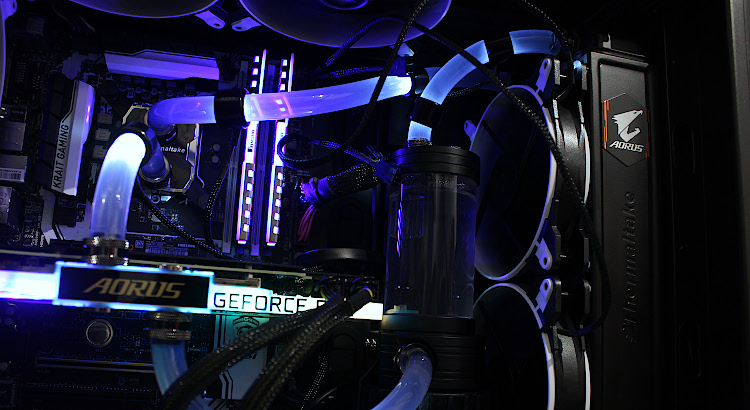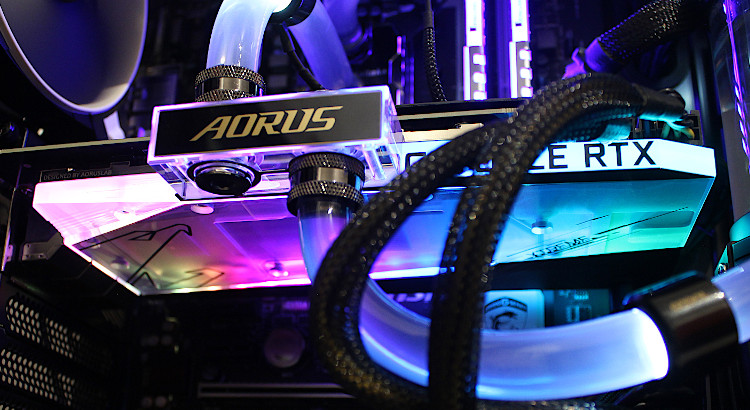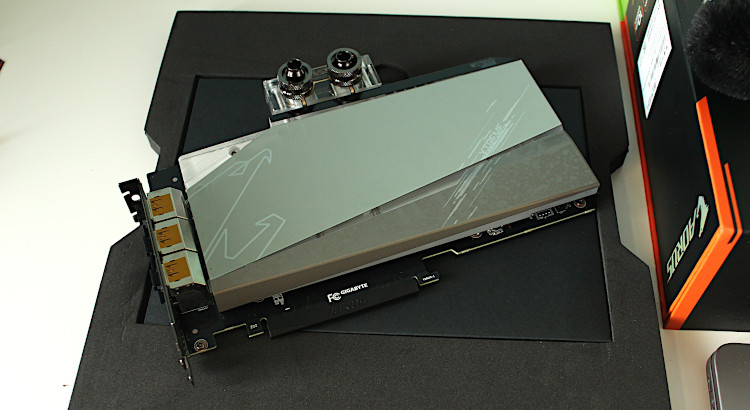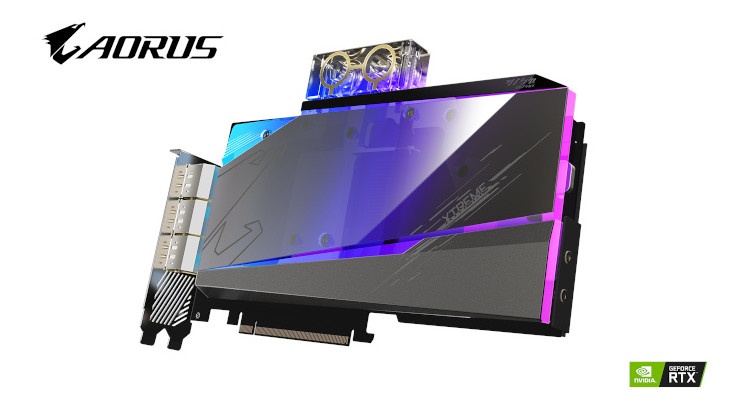Game capture software, OBS Studio
I have been using nVidia shadowplay for quite some time and whilst it is reasonably good I lost interest since the introduction of version 3 (Geforce Experience 3) which added online sharing options and the requirement to login an account to use the software. More unnecessary processes running in the background and network activity which I do not want on my computer so moving away to another solution in the form of OBS Studio has proved to be a much better choice.
 The options available in OBS are far superior than Shadowplay along with much better game capturing results, dependent on your options. Full control to switch between encoders means it is possible to offload all the work from my GTX970 graphics card to the Intel H.264 encoder lying in my 6700K Skylake CPU, known as Intel QuickSync. Visit Intel’s website for the full details
The options available in OBS are far superior than Shadowplay along with much better game capturing results, dependent on your options. Full control to switch between encoders means it is possible to offload all the work from my GTX970 graphics card to the Intel H.264 encoder lying in my 6700K Skylake CPU, known as Intel QuickSync. Visit Intel’s website for the full details
With the Rate Control options you have the ability to adjust the recording bitrate with different algorithms and their respective options. It depends on what you want, high speed fast moving scenes will require a higher overall bitrate setting otherwise you will see a lot of pixelation. Higher settings provide a better quality video at the expense of using more CPU time and storage space for captured footage.
I’m going to play around with OBS Studio to find a decent compromise between quality and how well the video looks on YouTube, if you didn’t know any video uploaded to YouTube is processed by their servers so it will never playback as good as the source video. OBS Studio also supports streaming directly to Twitch / YouTube gaming.




